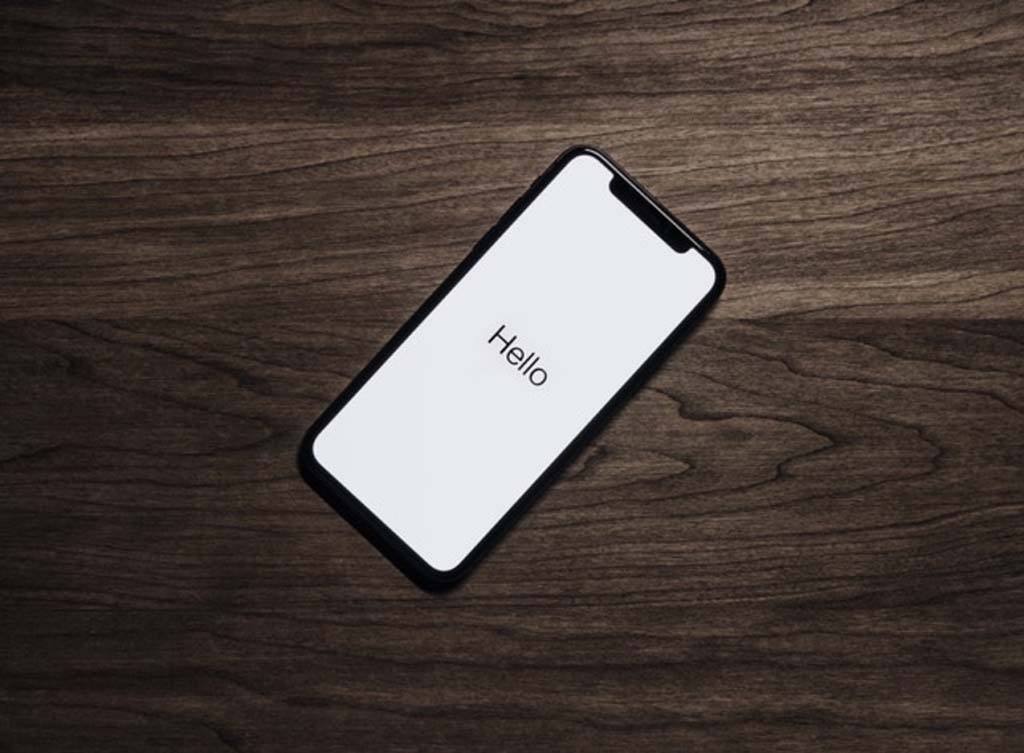For more than 50 years American corporations have prioritized profits for its shareholders above serving customers, employees and communities. This may be changing as a significant number of Fortune 500 companies indicated a shift to also focus on customers, employees, suppliers and protecting the environment.
Milton Friedman, the celebrated University of Chicago economist, proclaimed in 1962 that a corporation is a morally neutral legal construct and its single purpose should be maximizing returns for shareholders. This profits-as-purpose grew ever since. Friedman wrote in 1970:
“There is one and only one social responsibility of business—to use its resources and engage in activities designed to increase its profits so long as it stays within the rules of the game, which is to say, engages in open and free competition without deception or fraud.”
I suspect that Friedman might have concerns with the many examples of corporations who have stretched the meaning of and violated those “rules of the game.”
Beginning in 1978 Business Roundtable periodically issued a “Principles of Corporate Governance” and since 1997 each version of the document endorsed principles that corporations exist principally to serve shareholders. That changed with this new statement.
“The American dream is alive, but fraying,” says Jamie Dimon, Chairman and CEO of JPMorgan Chase & Co. and Chairman of Business Roundtable. “Major employers are investing in their workers and communities because they know it is the only way to be successful over the long term. These modernized principles reflect the business community’s unwavering commitment to continue to push for an economy that serves all Americans.”
Purpose of a Corporation
Earlier this week the Business Roundtable issued a “Statement on the Purpose of a Corporation” stating that corporations—in addition to maximizing shareholder return—should also deliver value to customers, invest in employees, deal fairly and ethically with suppliers, and support communities by protecting the environment. In fact, the bulleted list of commitments now places customers, employees, suppliers and communities all before shareholders.
“Americans deserve an economy that allows each person to succeed through hard work and creativity and to lead a life of meaning and dignity,” the statement begins. “We believe the free-market system is the best means of generating good jobs, a strong and sustainable economy, innovation, a healthy environment and economic opportunity for all.
“Each of our stakeholders is essential,” the statement concludes. “We commit to deliver value to all of them, for the future success of our companies, our communities and our country.”
This new focus shouldn’t seem so radical yet only 181 of the CEOs from the 500 corporations signed the document. Some of the well-known companies represented include Apple, Amazon, Salesforce, Oracle, JPMorgan Chase, Goldman Sachs, Walmart, Boeing, Ford, General Motors, IBM, Pfizer and Procter & Gamble.
The companies who chose not to sign the new document include such giants as Alphabet, Microsoft, Facebook, Alcoa and General Electric.
Now signing a document doesn’t necessarily mean it results in change to actual corporate behavior, but I think it’s a good sign that there is interest in moving in the direction of corporate social responsibility. The real strength of this statement is if and when specific proposals are offered up and corporations actually carry through on the them.
How We Can Act
As customers we can often choose whether to purchase their products and services; as employees we can hopefully choose whether to work for them; as suppliers we may be able to choose whether we provide to them; and as citizens of the communities impacted by corporations, we can choose to take action against them if we don’t respect how they impact our environment.
Investors will have to decide whether their return-on-investment trumps all else.
The long-term result of this new “Statement on the Purpose of a Corporation” has yet to be written. However, all of us have the option on whether to support or associate with powerful corporations. And in this way, we have the power to hold them accountable.

























